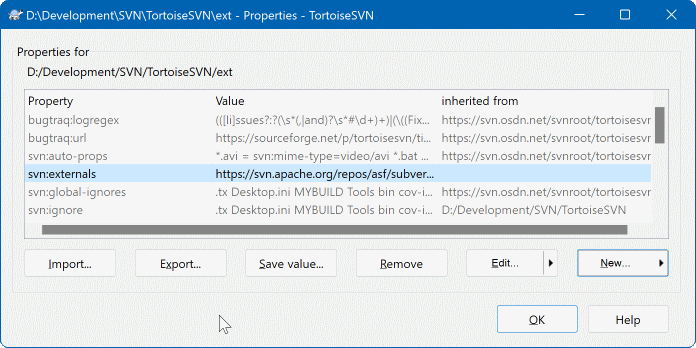

Read our next article How to Backup and Restore SVN Repository in Linux. Change with your system hostname, domain name or IP address. Use HTTP URLs to access your repository in the browser. sudo htpasswd -m /etc/apache2/dav_svn.passwd user1 sudo htpasswd -m /etc/apache2/dav_svn.passwd user2 Step 6 – Access Repository in Browser

To create additional users, use following commands. sudo htpasswd -cm /etc/apache2/dav_svn.passwd admin These users will use for authentication of svn repositories for checkout, commit processes. Now create first svn user in /etc/apache2/dav_svn.passwd file. Sudo chown -R www-data:www-data /var/lib/svn Also, set the required permissions on newly created directories. Use following commands to create your first svn repository with name myrepo. You just need to make necessary changes to it. Subversion Apache module package creates an configuration file /etc/apache2/mods-enabled/dav_svn.conf. Step 3 – Configure Apache with Subversion
How to configure svn with apache install#
sudo apt-get install subversion libapache2-mod-svn libapache2-svn libsvn-devĪfter installation, enable required Apache modules and restart Apache service. Also, install svn module for Apache libapache2-mod-svn packages on your system. Use the following command to install subversion packages and their dependencies. Skip this step if you already have Apache web server on your system. You need to install the Apache web server to access the svn server using HTTP URLs. We are using Apache web server to host SVN server. In this article, I will show you how to use Apache Subversion and Apache to build an SVN server on a Vultr CentOS 7 server instance. This article will help you for step by step setup of Subversion (svn) server on Debian 10, Debian 9 and Debian 8 operating systems. Apache Subversion (SVN) is a widely used version control solution which helps in storing files of various versions, like source code and documents. You can always go back, look at and get the contents of previous revisions. Any time you change, add or delete a file or folder that you manage with Subversion, you commit these changes to your Subversion repository, which creates a new revision in your repository reflecting these changes. It helps you keep track of a collection of files and folders. It provides the ability to view the changes that occurred in each of the versions and even recall a version. SVN is an open source version control system build by Apache Foundation Team. Apache Subversion is an open source version control system which can track incremental versions or revisions of files and directories.


 0 kommentar(er)
0 kommentar(er)
